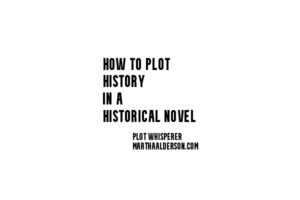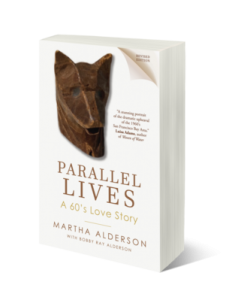The three primary plotlines in all great stories
- Dramatic action plot
- Character emotional development plot
- Thematic significance plot
 Add to those a romance plot that most stories have in the form of an actual romance, friendship, partnership or whatever else ties two characters together through their hearts. Other plotlines are mystery, thriller, science fiction, and fantasy. All genres that make up fiction demand their own specific plot lines.
Add to those a romance plot that most stories have in the form of an actual romance, friendship, partnership or whatever else ties two characters together through their hearts. Other plotlines are mystery, thriller, science fiction, and fantasy. All genres that make up fiction demand their own specific plot lines.
A historical novel has a history plot line running throughout the story that recreates the times and setting and social conditions set fifty years or more in the past. So how does a writer plot the history in historical novel while also keeping track of the dramatic action, character emotional development, thematic significance, romance and the like?
Universal Story Planner
I favor a visual approach when plotting a novel.
A Universal Story Planner on banner paper I hang on the wall for easy reference proved invaluable when plotting and writing my latest historical novel PARALLEL LIVES A 60’s Love Story.
Not only does the multicultural story span sixteen years from 1955 to 1971, the two main characters’ parallel plot lines intersect at pivotal historical moments in the 1960s San Francisco Bay Area as the entire country was splitting apart—a Santana benefit concert at the Fillmore for farmworkers with Dolores Huerta, Cesar Chavez breaking his hunger strike with Robert Kennedy in Delano, an autoworkers’ nationwide strike, and the Native American takeover of Alcatraz. For all those plots to work together, I used the Universal Story Planner as a way to track the path each character takes to arrive at the right place at the right time for the intersections to occur.
For all those plots to work together, I used the Universal Story Planner as a way to track the path each character takes to arrive at the right place at the right time for the intersections to occur.
Research
The time period, events, and settings for PARALLEL LIVES were familiar to me because I lived them. Still, to bring alive the details of the times and social conditions required research and more research.
Research is fascinating. Researching can become a form of sophisticated procrastination. Though hours of research and reams of notes end up on the cutting floor–which is right and good–every note you take and hour you spend help you better use the history plot to convey the characters’ actions and bring alive the setting and historical events.
Historical Details
When writing it’s tempting to want to include in your story every little detail you uncover researching. To pick the exact right historical details to include and which ones to lose, choose details that reinforce the thematic significance of your piece. Thematically tied details deepen your story.
Historical Plotline
- a) Jot the date your story begins a bit above the start of the Universal Story line
- b) Jot the date your story ends at the end of the Universal Story line. If your story is non-linear, make the appropriate adjustments
- c) Arrange on the Universal Story line where each historical event falls
Stand back and view the whole picture.
As I did, thanks to the history plot, the framework of PARALLEL LIVES stared back at me. I squinted. Separately Maja and Billy danced between the Energetic Markers. They fell, resisted, and they grew emotionally. At each historical turning point along the Universal Story Planner, as if by chance, the characters connect, each with a shared secret knowing.

 4 Steps to Access an Endless Supply of Inspiration and Energy
4 Steps to Access an Endless Supply of Inspiration and Energy
Follow Me!